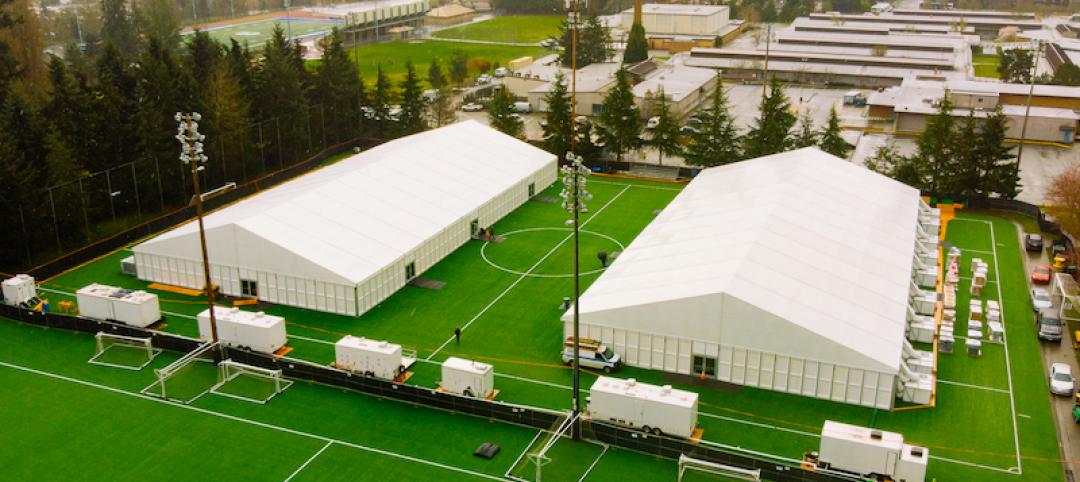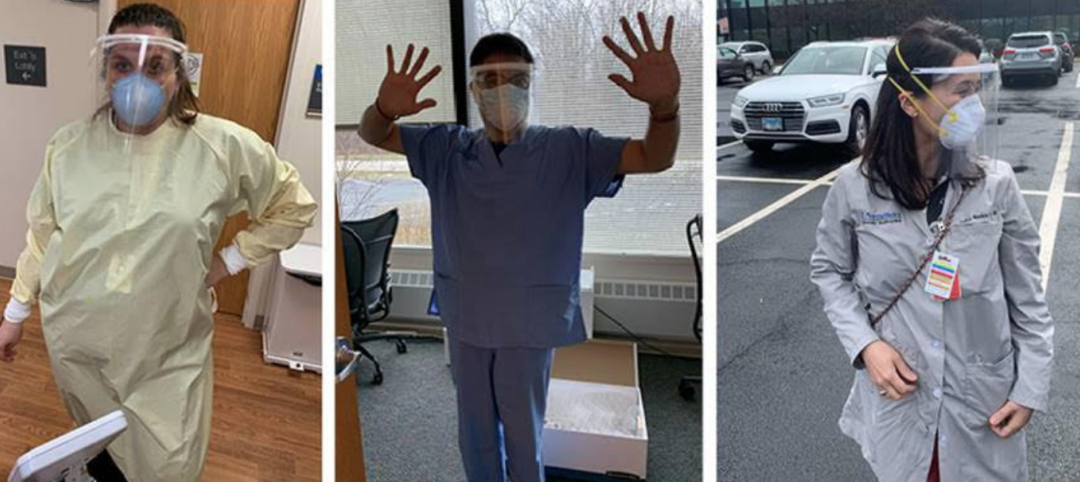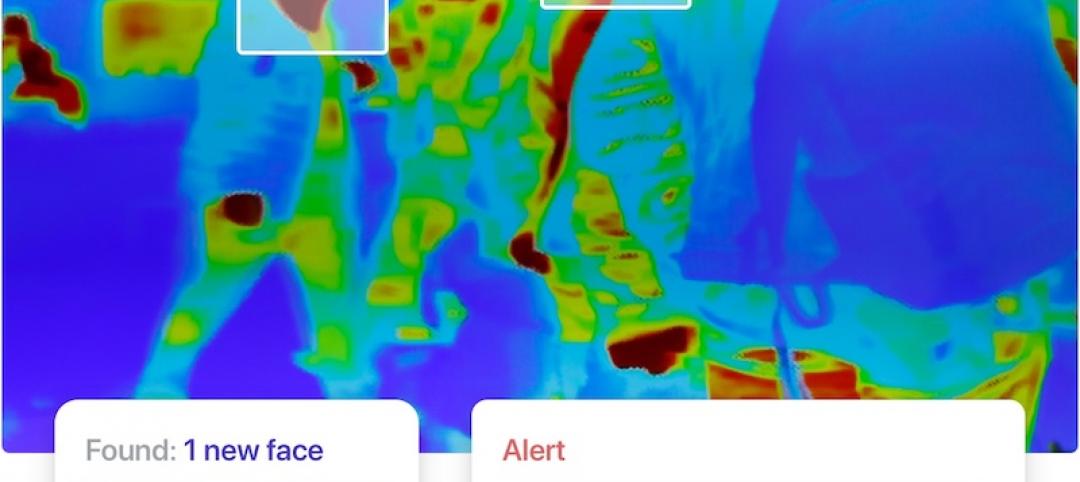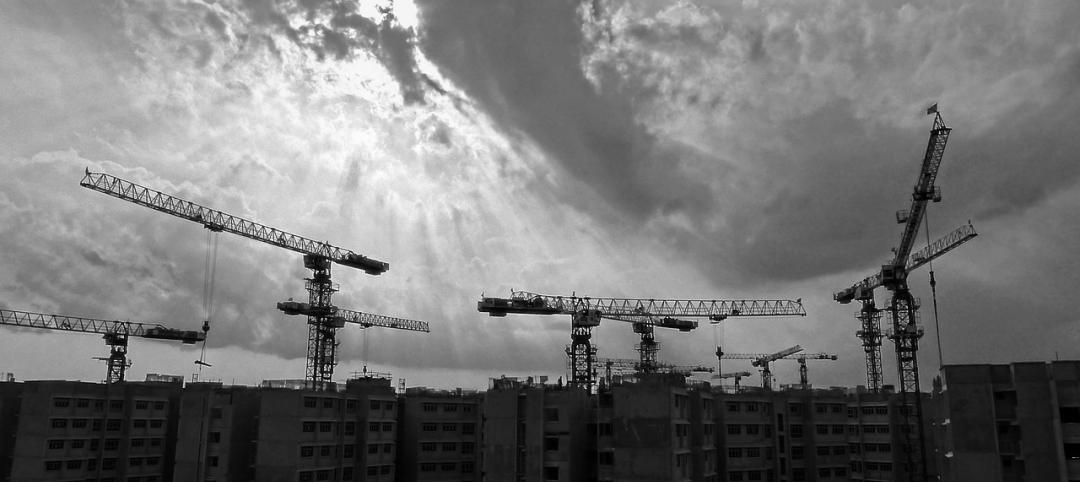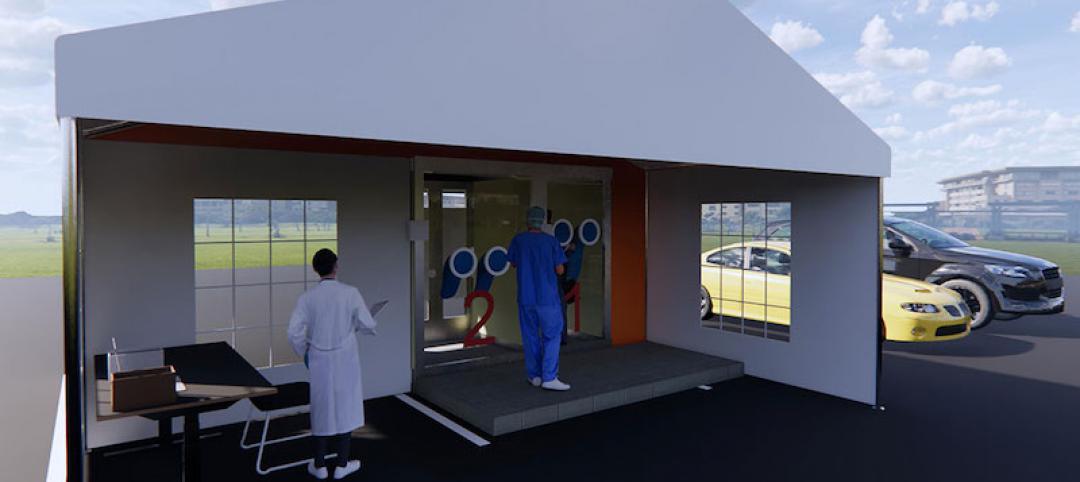On April 20, Marriott International, the world’s largest hotel chain, rolled out its plan to elevate its cleanliness standards and practices to meet new health and safety guidelines and guest expectations presented by the coronavirus pandemic that, as of early April, led to a nearly 80% decline in hotel occupancy in the United States, according to estimates by the hospitality analytics company STR.
Leaving aside the question of why it took a pandemic for Marriott to realize its cleanliness standards needed improving, the plan illustrates how all hoteliers will need to regain guests’ confidence that their properties are safe enough to stay in again without fear of viral infection.
Hotel developers are not sure yet when or to what degree their businesses will recover. They have their fingers crossed that it’s sooner than 2023, which is when Tourism Economics, a data and consulting firm, predicts global travel demand might resume its normal pace.
Urban hotels face more hurdles opening amid the coronavirus
“It is possible that hotels, focused on select service, in less dense, suburban areas might bounce back sooner due to price point, accessibility, and with a building structure that accommodates larger guest rooms and easier access via stairs,” says Shay Lam, Managing Director and Studio Creative Director for New York-based TPG Architecture, which is working on several hospitality projects that are scheduled to open this year, with a focus on responding to post COVID-19 realities.
Urban destinations, on the other hand, might have a harder time reactivating, says Lam. “Everything from density concerns to elevator capacity, and guest room sizes are challenges to overcome. This will all hinge on the industry’s ability to reassure guests that safety and security are paramount.”
To make their facilities safer, TPG is recommending to its hospitality clients that they address changes in three stages: “now,” “near,” and “future.”
“Right now, we are focusing on pragmatic changes such as reducing density in public areas that experience a high-volume of traffic,” says Lam. “We’re also adding clear signage for protocols such as distancing or navigation through a space, or instructions on operational things like how many people should get into an elevator and where to stand.”
For the “near,” hotels should start integrating touchless or voice technology so guests can have a hands-free, frictionless experience that begins at the entry point through the exit. It will also be crucial, says Lam, for hotels to maintain stringent, visible cleaning cycles, and find ways to sanitize commonly used areas, perhaps with air purifiers, steam sterilizers, or UV light sterilization methods.
Hotels will need to consider materials and furnishings that are not just cleanable, but antimicrobial. They must be able to resist heavy cleaning agents without damaging the surface.
Rethinking hotel design post COVID-19
The “future” presents opportunities to rethink hospitality, like changing the size ratio of public space versus guest rooms.
There might also be an increase in sustainable features: For many resorts, all-inclusive buffets are a selling point for those wishing to have the convenience and luxury of having a variety of meals. However, the idea of food laying around for extended periods of time, while being exposed to airborne particles, will not be considered glamorous anymore. Additionally, the waste associated with buffets is not environmentally friendly—leading hotels to provide pre-packed or made-to-order meals at all times.
For hotel staff, TPG is suggesting mandated uniforms that get cleaned and sanitized after every shift by the company, in addition to branded facemasks and hats, and an assortment of PPE (larger hotels and restaurants already do this), UV sanitation lights in the individual locker or cubbies, and of course lots of hand washing.
“The ability of all companies to alleviate staff and guest anxieties about health and security will be essential post-COVID,” says Lam.
Lessons learned from this pandemic, says Lam, find TPG and its clients looking beyond just the physical and aesthetics. “We will need to collaborate with and under the guidance of officials in tech, health, and government to find the right design solutions and strategies. We are seeing similarities throughout all the market sectors, so hospitality is not alone, just like no one is alone in this pandemic. Through developing a deep understanding of our clients and the concerns of their guests, we will be able to stay agile and tackle every challenge that comes our way.”
Related Stories
Coronavirus | Apr 5, 2020
King County, Wash., addresses homelessness and COVID-19 with rapid-response site conversions
The county is adding 2,500 beds within a dozen Assessment & Recovery Centers that DLR Group helped to design.
Coronavirus | Apr 4, 2020
COVID-19: Construction completed on first phase of Chicago's McCormick Place into Alternate Care Facility
Walsh Construction, one of the largest contractors in the city of Chicago and in the United States, is leading the temporary conversion of a portion of the McCormick Place Convention Center into an Alternate Care Facility (ACF) for novel coronavirus patients. Construction on the first 500 beds was completed on April 3.
Coronavirus | Apr 4, 2020
COVID-19: Architecture firms churn out protective face shields using their 3D printers
Architecture firms from coast to coast have suddenly turned into manufacturing centers for the production of protective face shields and face masks for use by healthcare workers fighting the COVID-10 pandemic.
Coronavirus | Apr 3, 2020
Cities will survive the pandemic
Density may make it easier for the virus to spread, but let’s not forget that cities are in many ways the heart of society, and a springboard of big ideas, inventions, art, and culture.
Coronavirus | Apr 3, 2020
Kogniz Health launches AI-based fever detection cameras for crowds to help limit coronavirus spread
System continuously scans crowds for fever as they enter facilities to locate and isolate risks.
Coronavirus | Apr 3, 2020
27% of construction firms report layoffs amid COVID-19 outbreak, says AGC
The fast-worsening COVID-19 pandemic has triggered layoffs at more than a quarter of construction firms responding to an online survey released today by the Associated General Contractors of America. The finding, based on responses from earlier this week, contrasts with the government’s monthly employment report for March, which found that construction employment declined by 29,000 as of mid-March.
Coronavirus | Apr 3, 2020
Test facility in a box: Modular, walk-in booth design for coronavirus testing
To address the need for testing in urban areas for those without vehicles, CannonDesign architect Albert Rhee created a walk-in testing booth that is slated for public use.
Coronavirus | Apr 3, 2020
Survey of U.S. code officials shows trends in code compliance during COVID-19
The results of the survey tell us how jurisdictions throughout the U.S. are keeping up with inspections, new building permits and new construction.
Coronavirus | Apr 3, 2020
CallisonRTKL buoyed by overseas demand
Customer service across the globe remains No. 1 priority, says new CFO.




